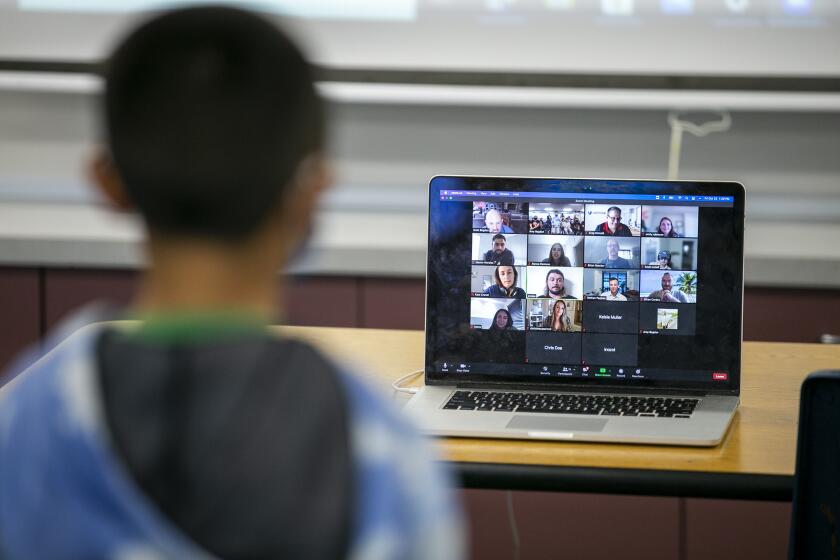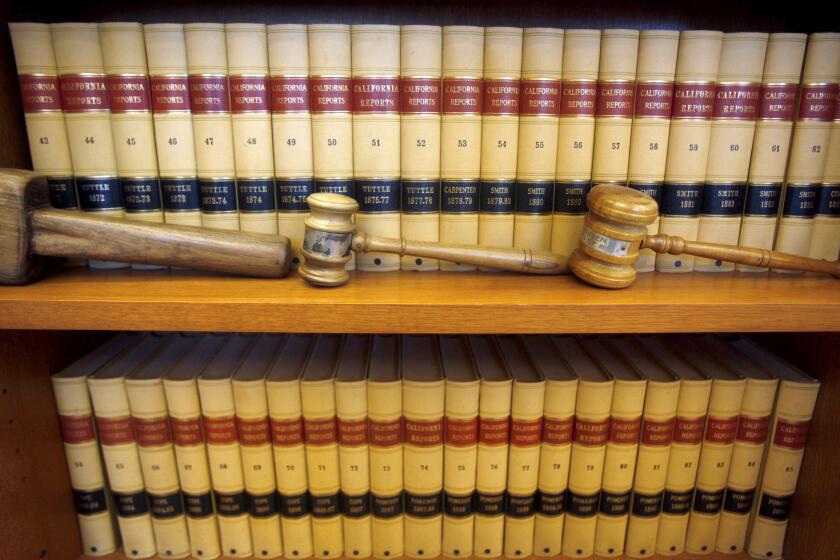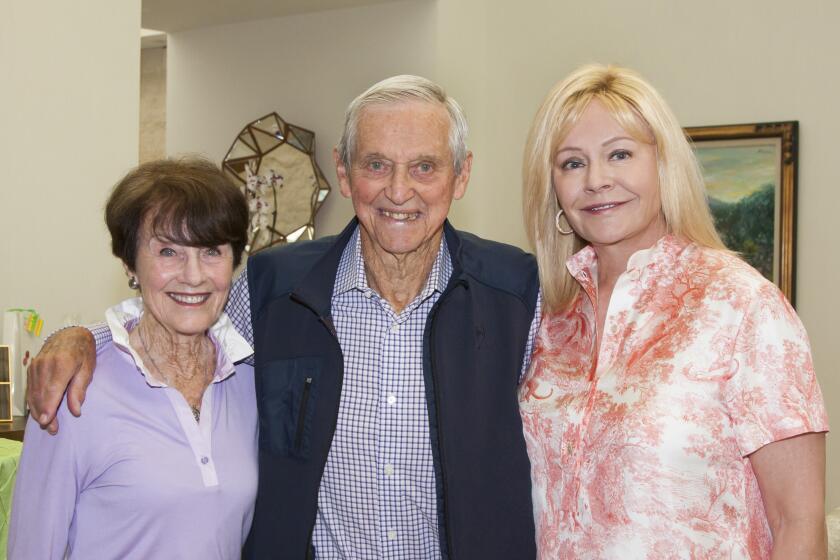Column: Leonardo da Vinci’s insatiable curiosity and boundless imagination can inform the next Renaissance
I have been reading Walter Isaacson’s terrific biography, “Leonardo da Vinci,” a meticulously researched and spellbinding delve into the Renaissance genius’ life.
As I read, I am constantly struck by how much of Leonardo’s story remains relevant in our modern age. Many of the lessons we can learn from this brilliant man who lived 500 years ago could inform the way we raise and educate young people today.
There was little in Leonardo’s early years that hinted at anything exceptional. He was the illegitimate son of a middle-class notary and a young peasant girl; raised in Vinci, a rural town near Florence, and given scant formal education.
It was only after he was apprenticed to a Florentine artist at age 14 that signs of his potential began to be recognized. Even then, he didn’t necessarily stand out amid the commercial successes of other Renaissance masters, such as Botticelli.
Yet with the virtue of hindsight we are able to fully appreciate how remarkable Leonardo was, and not just because his Mona Lisa is the most famous painting of all time. Today, when we refer to someone as a “Renaissance Man,” the image we form is that of Leonardo — a largely self-taught intellectual giant who greatly influenced an astonishing number of fields.
Following are a few thoughts on how Leonardo might inspire us to reconsider how we teach our kids and the measures by which we judge their progress.
First, it’s important to remember that Leonardo was far more than a painter. He also considered himself an engineer and a scientist. He studied nature, anatomy, machinery, architecture and water flow, while also orchestrating huge theatrical productions. He drew up designs for weapons of war, bridges, flying machines and musical instruments.
As Isaacson aptly notes, Leonardo’s “scientific explorations informed his art.”
The key to his genius wasn’t that he mastered one particular discipline — although his artwork was transformative — it’s that he studied whatever struck his fancy and used the knowledge he gleaned in innovative, sometimes even fanciful, ways. His brilliance was in his insatiable curiosity, boundless imagination and utter belief that there might always be a new and better way to do something.
Today we might slap a boring label, like “multidisciplinary” or “cross-disciplinary,” on his radical mindset. Or worse, we would lose patience with his painstaking studies of shadows and light, order him to organize his copious note-taking into a rigid format, insist that he pick one academic track and stick with it, and subject him to a battery of standardized tests.
We would do our best to wring the creativity out of him, encouraging him only to pursue those interests that mark a box on a college application.
Another point worth noting is that Leonardo was famous, or infamous, for rarely completing projects. Many of his artworks remained unfinished, and most of his conceptions for various contraptions never made it off the page. Some historians have attributed this oddity to boredom or a lack of discipline.
Isaacson has another explanation. Leonardo was such a perfectionist that he always believed there was room for improvement; he would often hold on to paintings, architectural plans and schematics for decades, returning to them with new ideas and insights.
He would spend hours gazing at clouds, or pondering the way sunlight falls upon objects. This wasn’t idle daydreaming; he was observing and thinking. And these observations helped him to create art of unrivaled beauty and envision technological advancements far ahead of his time.
And again I wonder how we might view such slow, thoughtful musing in our modern age, when we often judge students less by the depth, imagination or insight they bring to their studies, and more by how quickly they complete a regimented assignment. We’re all about timed tests and racing through required curriculum. Cloud gazing is frowned upon.
Yet another observation about Leonardo is that he made mistakes. He asked questions, hypothesized, experimented and observed. He dared to fail, and in his failures were glimmerings of the brilliant breakthroughs that would follow.
How much room do we allow for failure today?
Oh sure, we give lip service to the importance of letting kids stumble and pick themselves back up, but I see little to convince me that we’re really OK with it. We push our children to adhere to a strict protocol for how things are done and have meltdowns when their performances lag, accusing them of “not trying hard enough,” or worrying that they won’t live up to some metric of conventional success.
We might be inclined to view Leonardo as a rare genius, touched by the heavens, and that his exceptionalism meant that the normal rules by which the rest of us must live didn’t apply to him — and him alone.
But I think that his example teaches us just the opposite. As Isaacson argues, Leonardo’s brilliance wasn’t so much a gift, but a consequence of “his own will and ambition.”
If we stop insisting that students color within the lines, and instead give them the means to unleash their creativity and explore their imagination; and if we treat all children as if they have the potential to do something extraordinary, well, who knows where that might lead?
Another Renaissance perhaps?
PATRICE APODACA is a former Newport-Mesa public school parent and former Los Angeles Times staff writer. She lives in Newport Beach.
All the latest on Orange County from Orange County.
Get our free TimesOC newsletter.
You may occasionally receive promotional content from the Daily Pilot.




